-
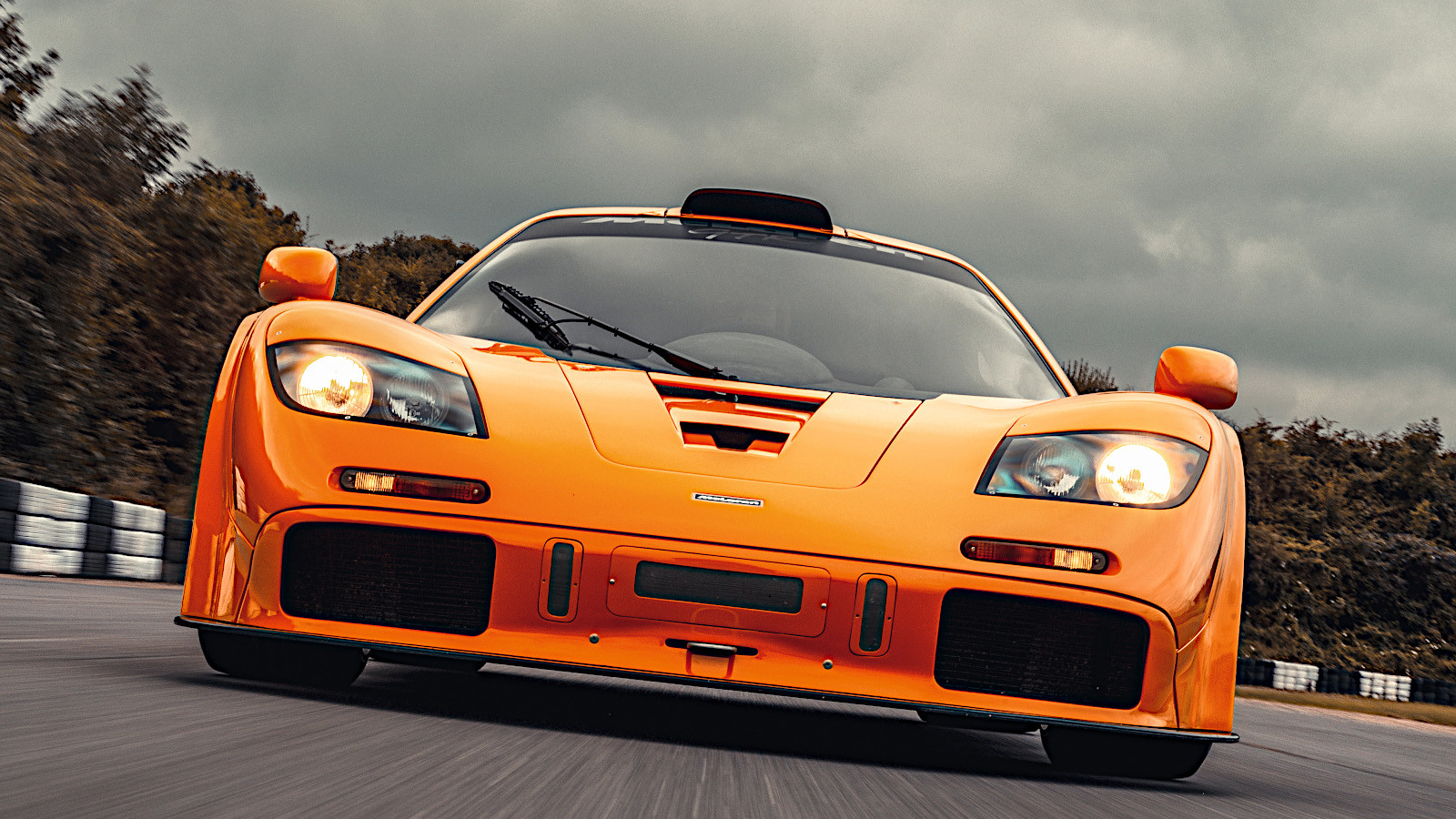 © Classic & Sports Car
© Classic & Sports Car -
 © Luc Lacey/Classic & Sports Car
© Luc Lacey/Classic & Sports Car -
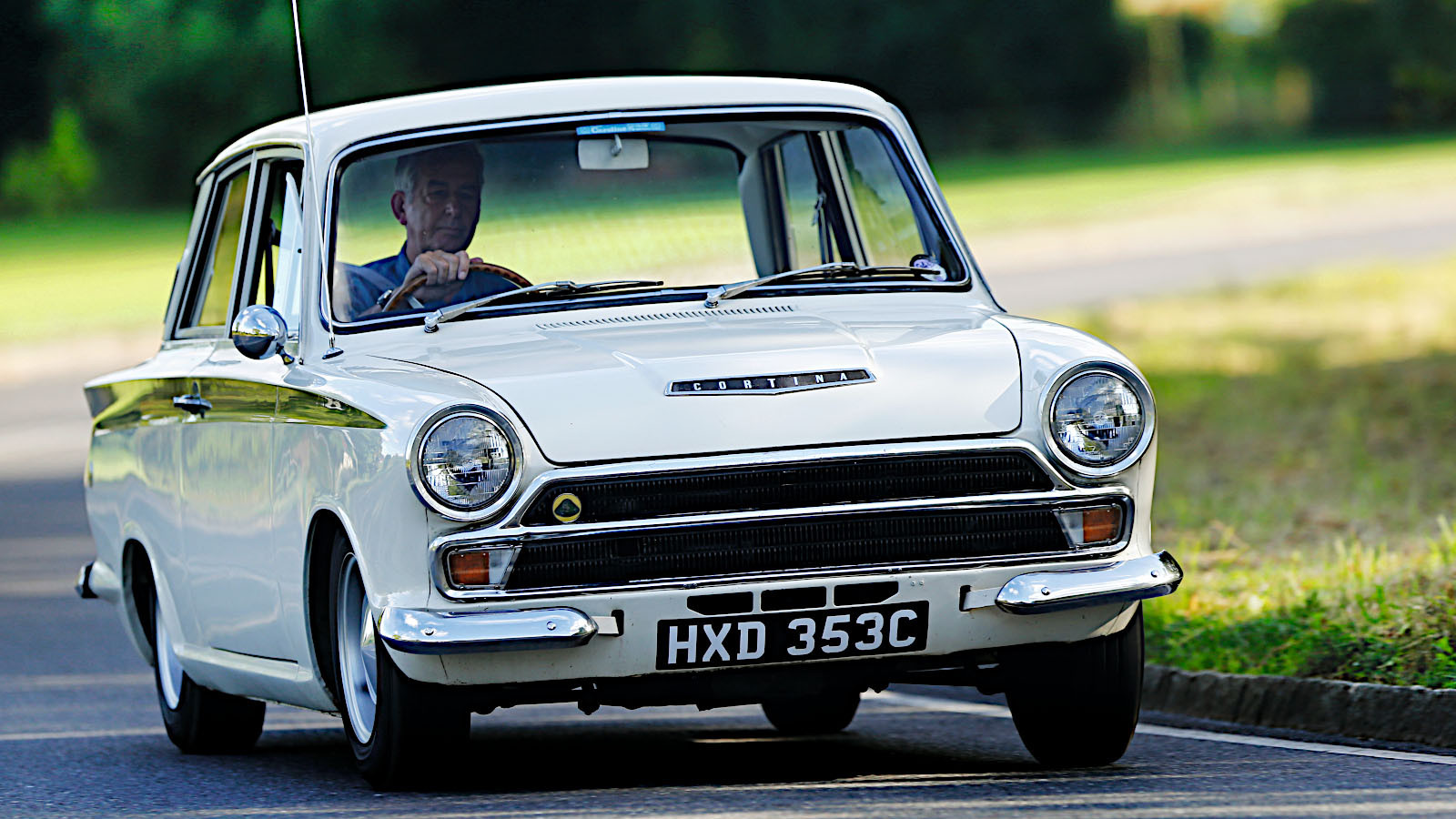 © David Shepherd/Classic & Sports Car
© David Shepherd/Classic & Sports Car -
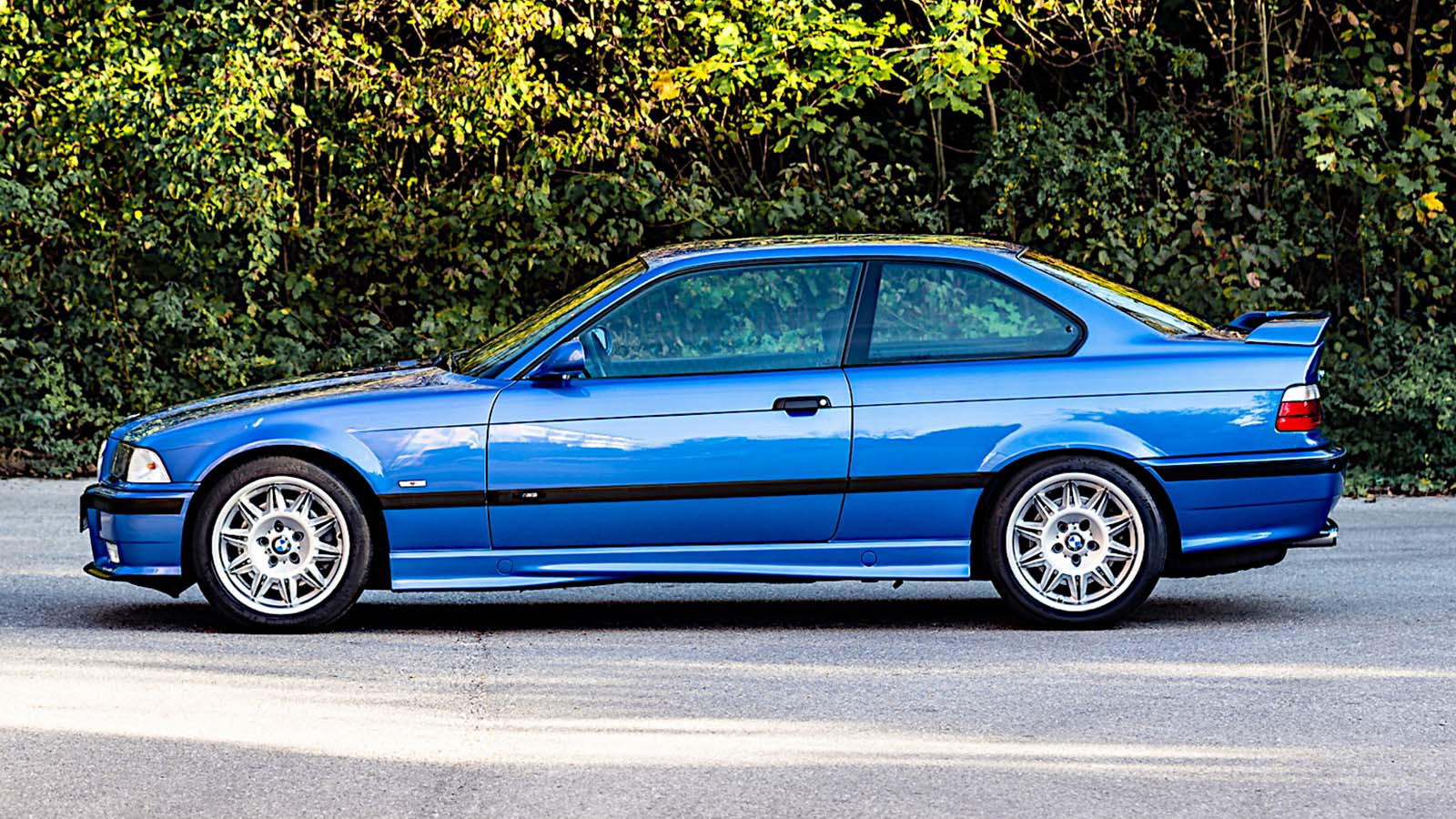 © Maximilian Vogl/RM Sotheby’s
© Maximilian Vogl/RM Sotheby’s -
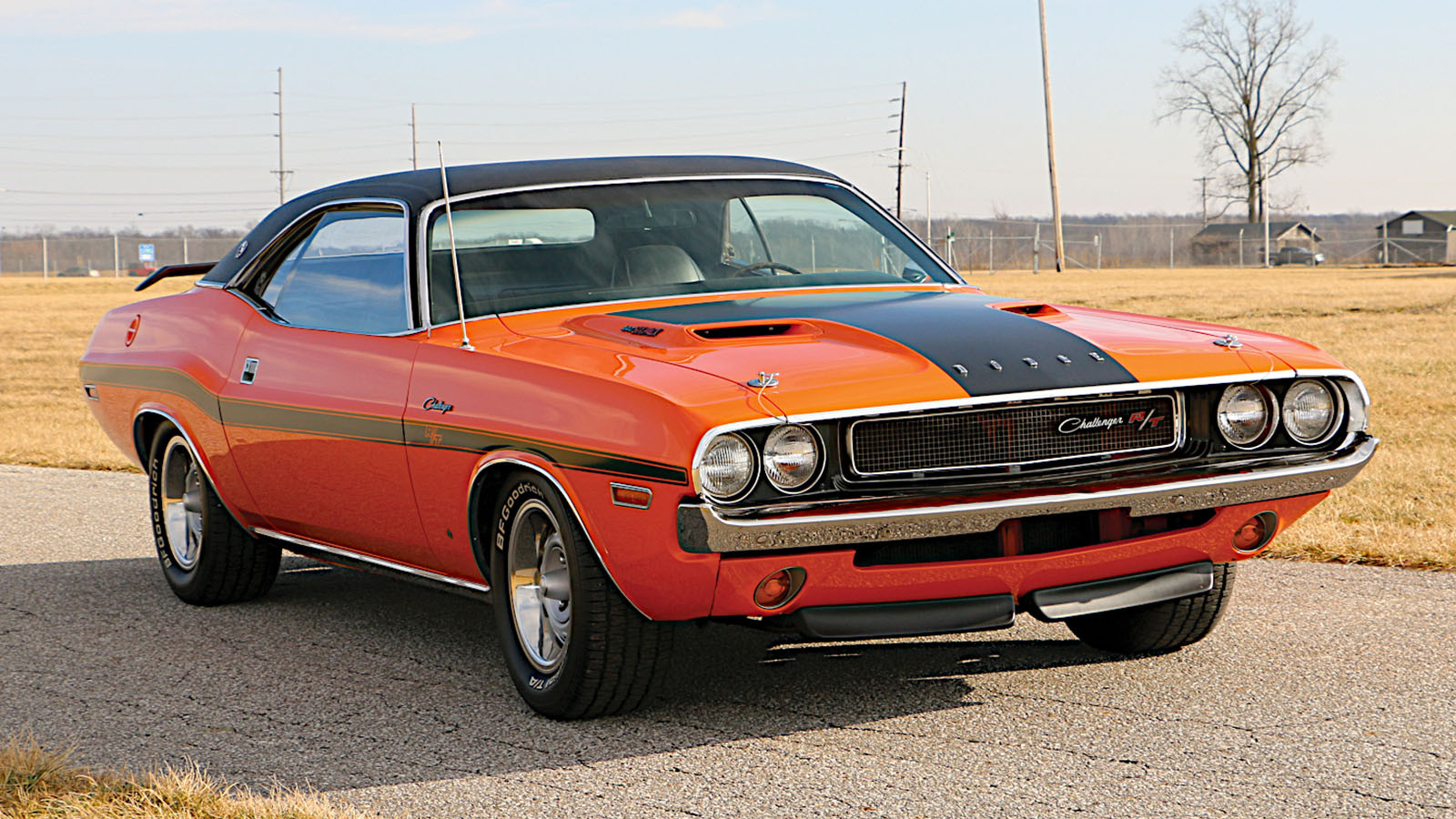 © RM Auctions
© RM Auctions -
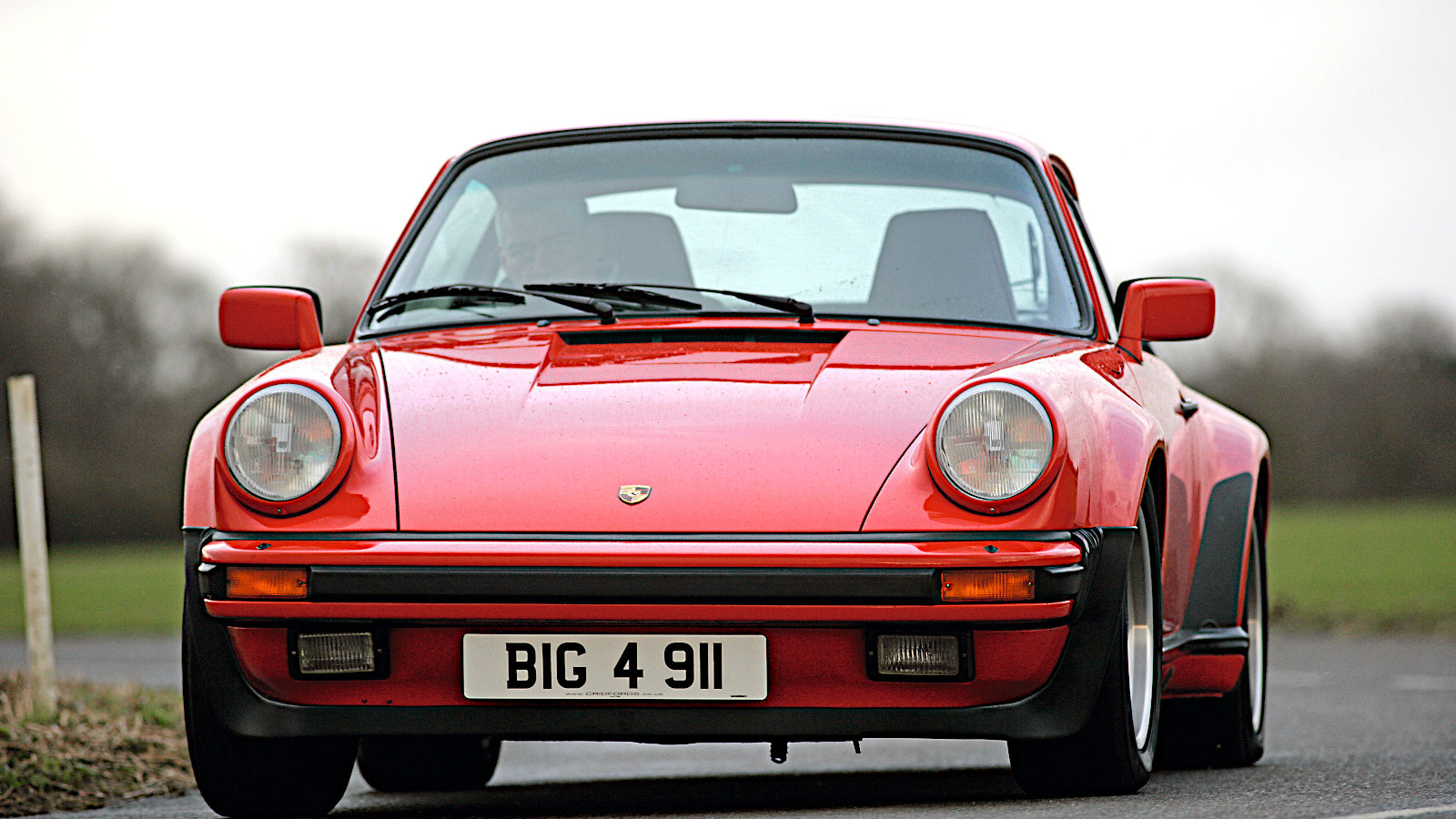 © Classic & Sports Car
© Classic & Sports Car -
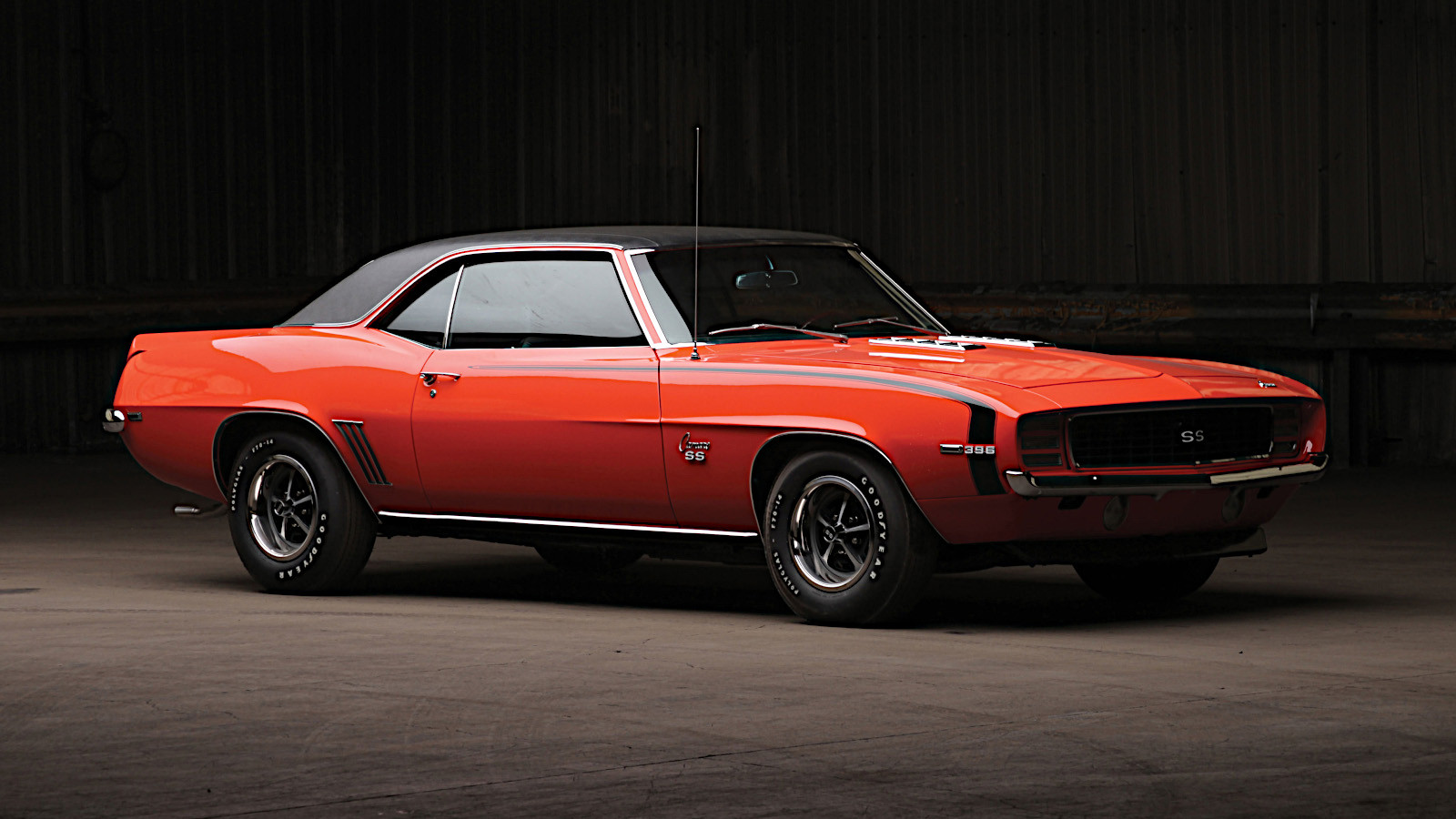 © Teddy Pieper/RM Sotheby’s
© Teddy Pieper/RM Sotheby’s -
 © Sicnag/Creative Commons licence https://creativecommons.org/licenses/by/2.0/legalcode.en
© Sicnag/Creative Commons licence https://creativecommons.org/licenses/by/2.0/legalcode.en -
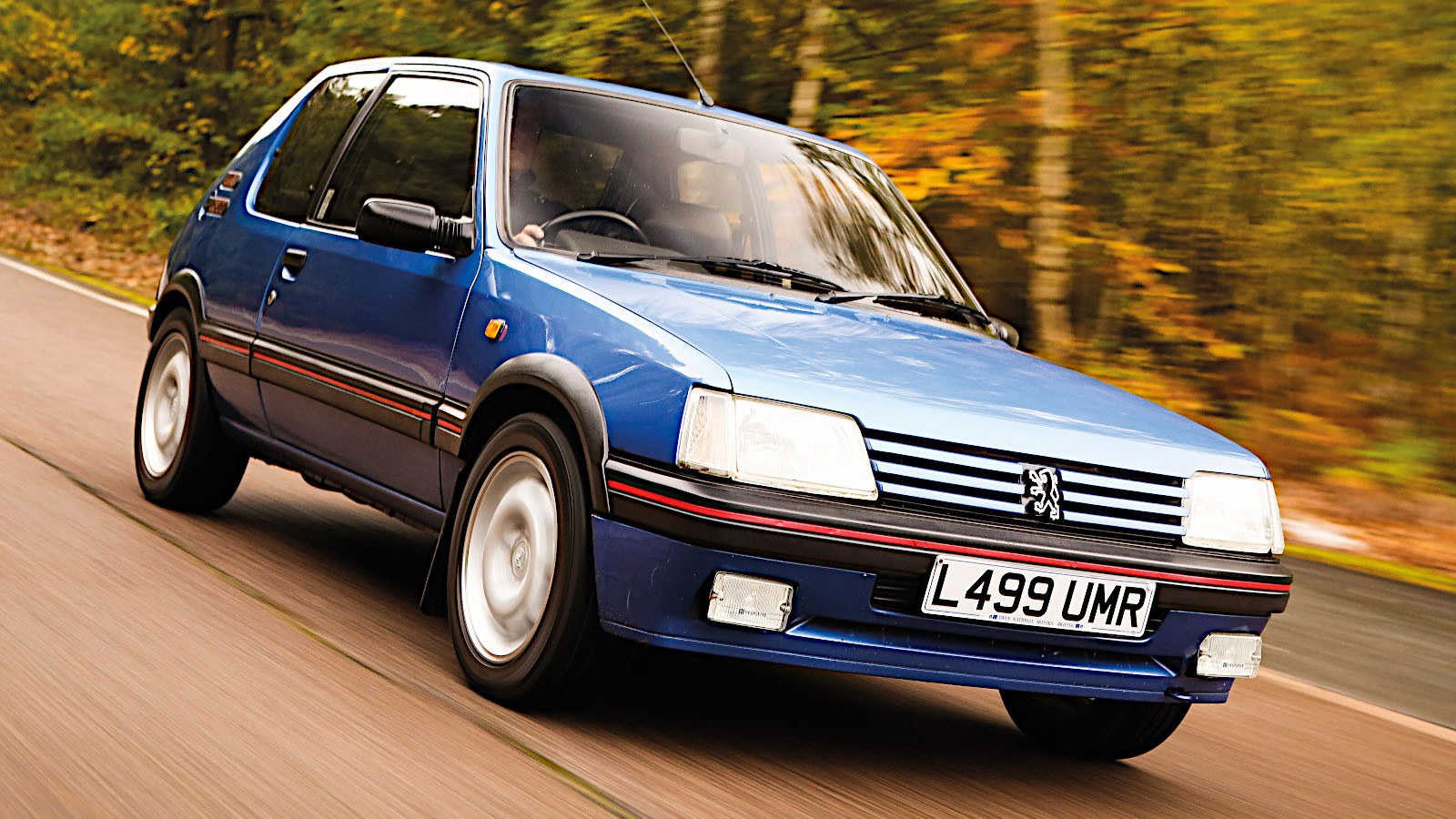 © Classic & Sports Car
© Classic & Sports Car -
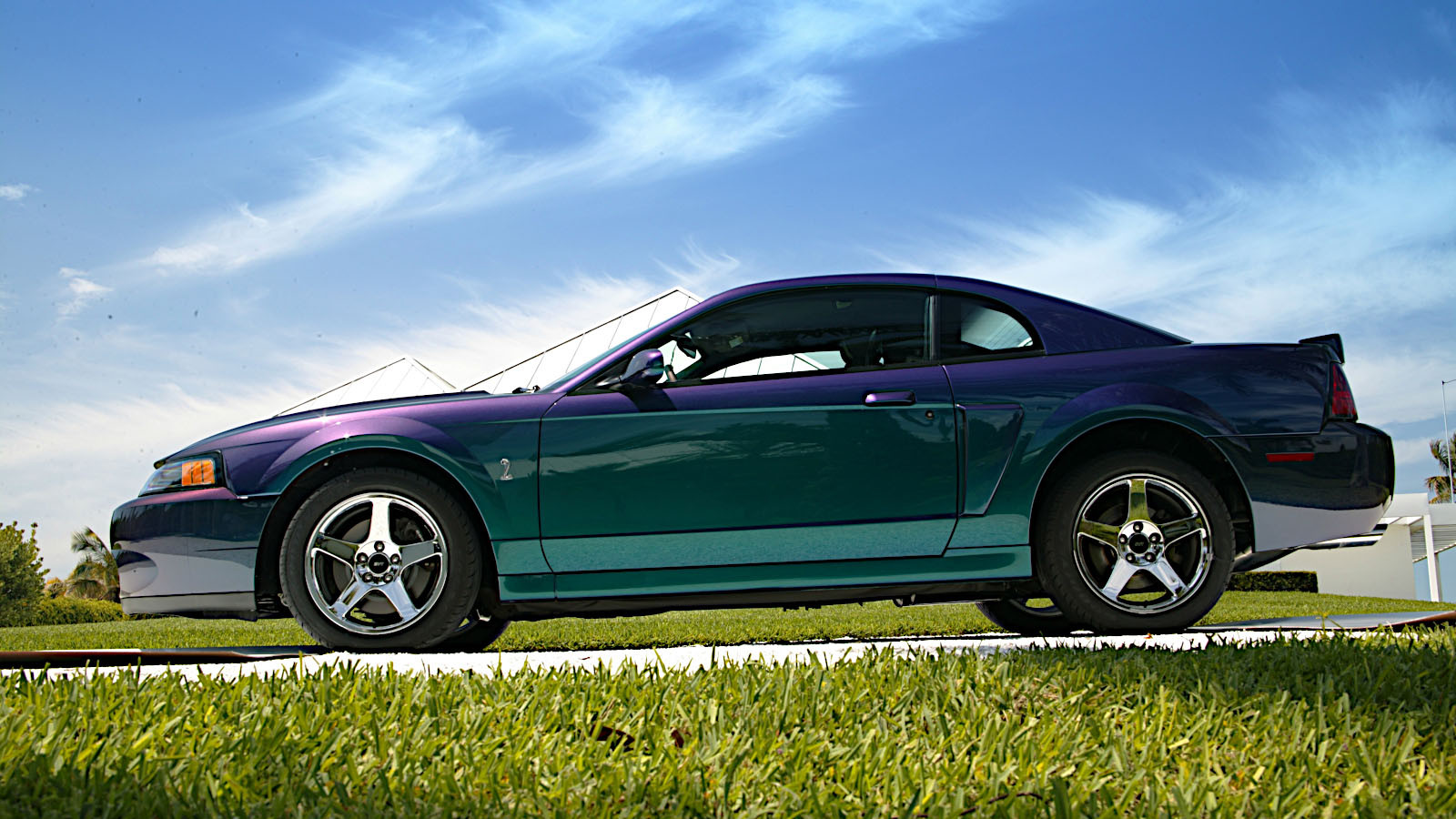 © Ford
© Ford -
 © James Mann/Classic & Sports Car
© James Mann/Classic & Sports Car -
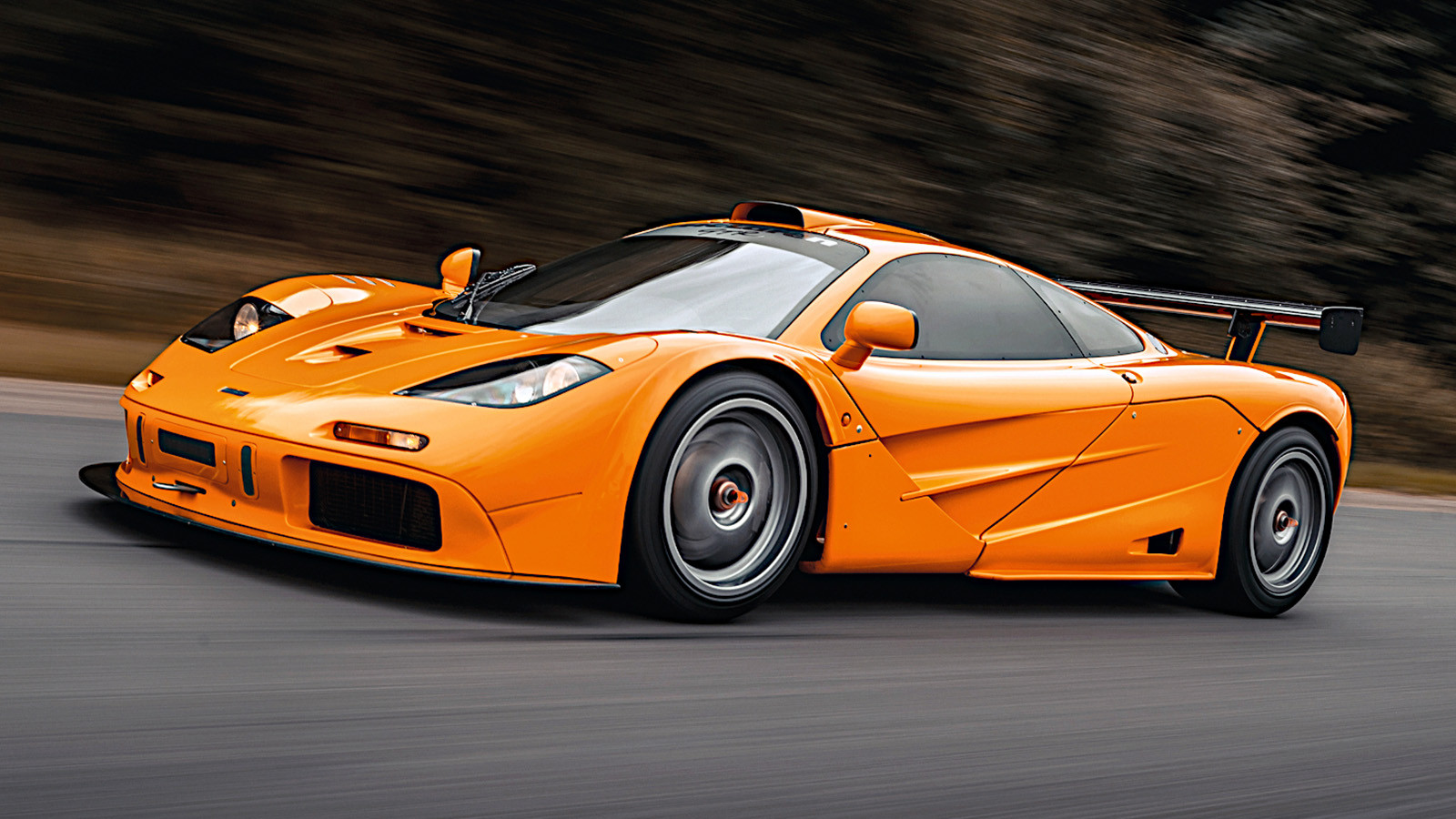 © Classic & Sports Car
© Classic & Sports Car -
 © Motorcar Studios/RM Sotheby’s
© Motorcar Studios/RM Sotheby’s -
 © Tony Baker/Classic & Sports Car
© Tony Baker/Classic & Sports Car -
 © Tom Gidden/RM Sotheby’s
© Tom Gidden/RM Sotheby’s -
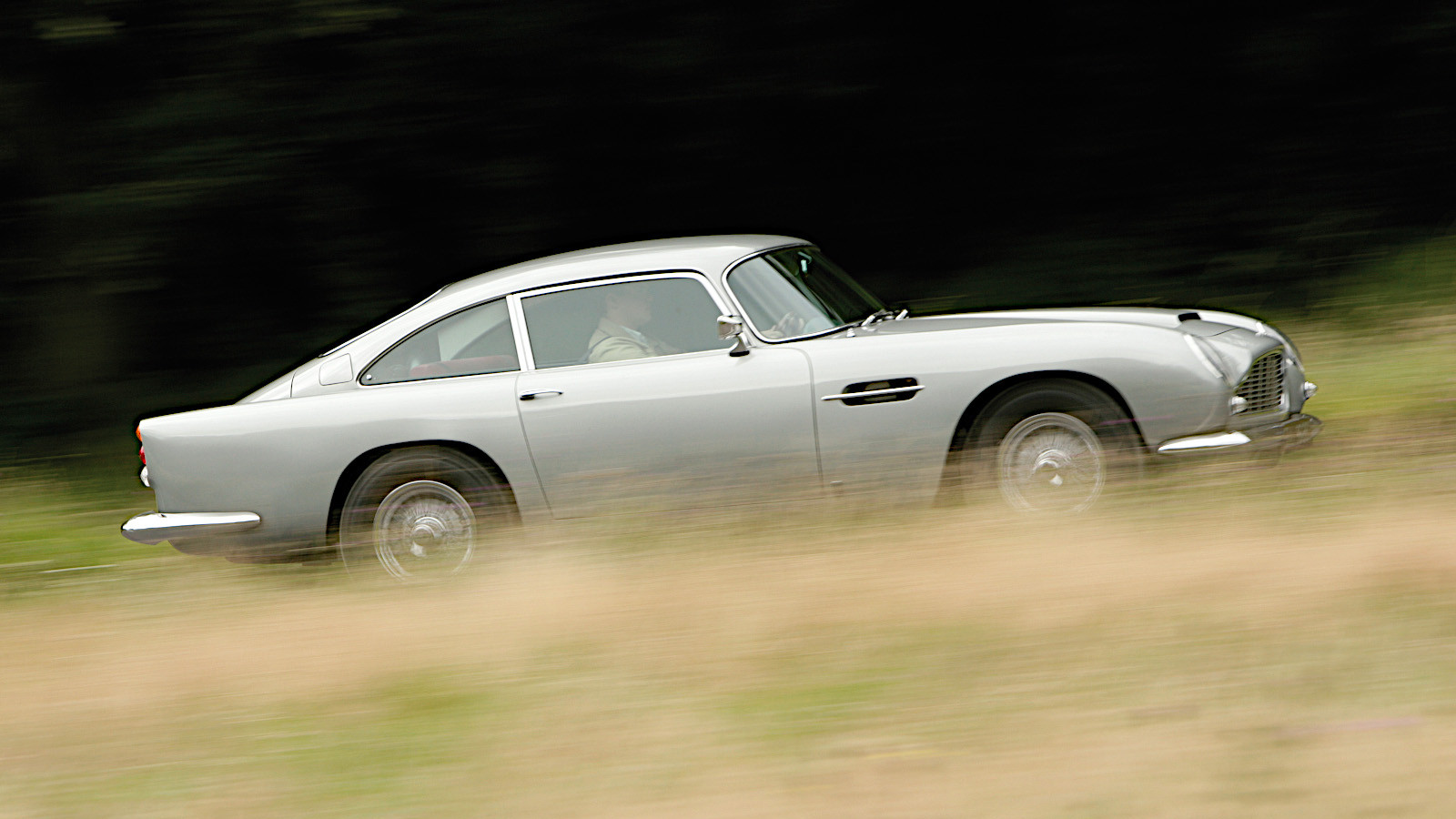 © Tony Baker/Classic & Sports Car
© Tony Baker/Classic & Sports Car -
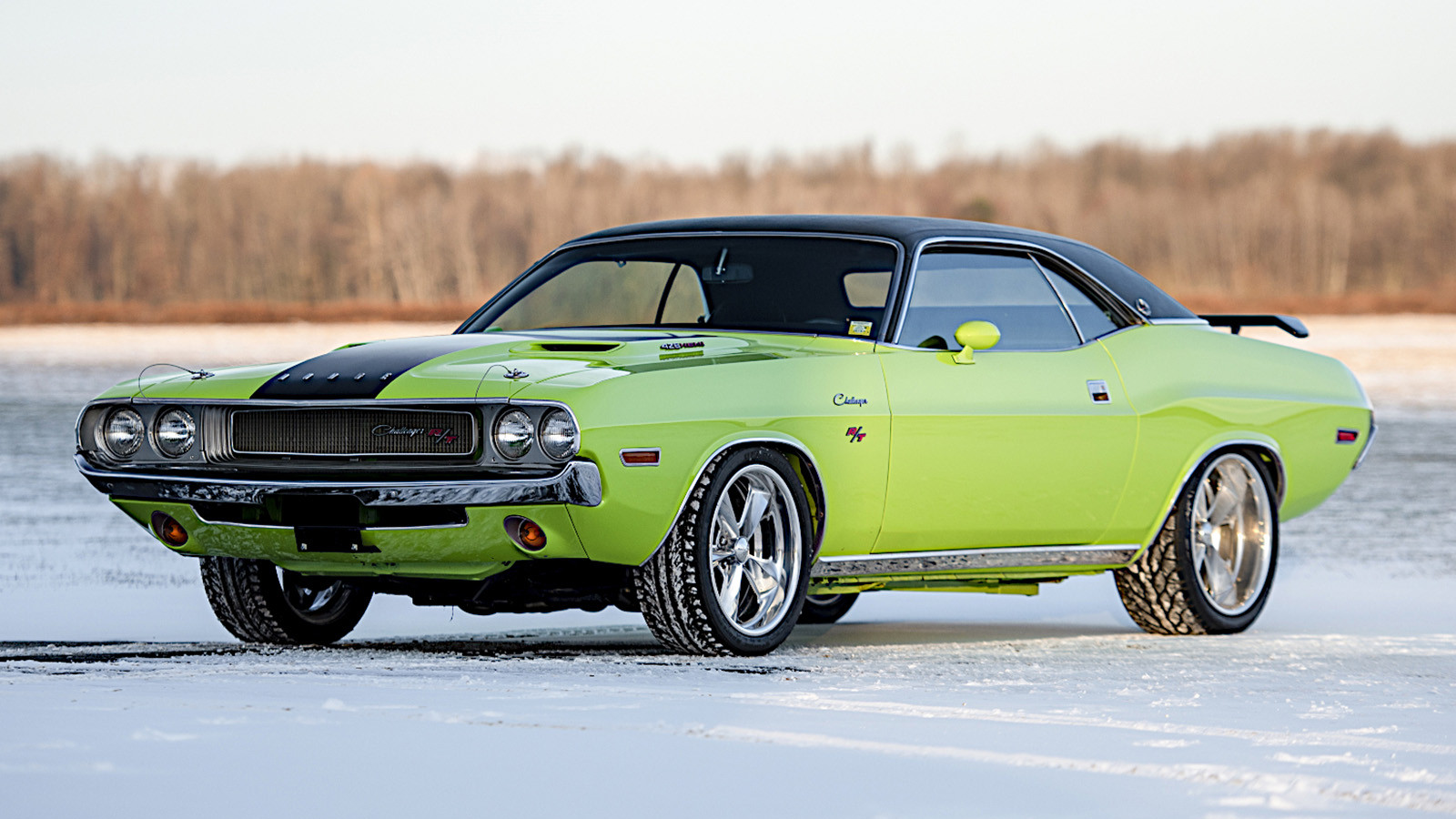 © Corey Escobar/RM Auctions
© Corey Escobar/RM Auctions -
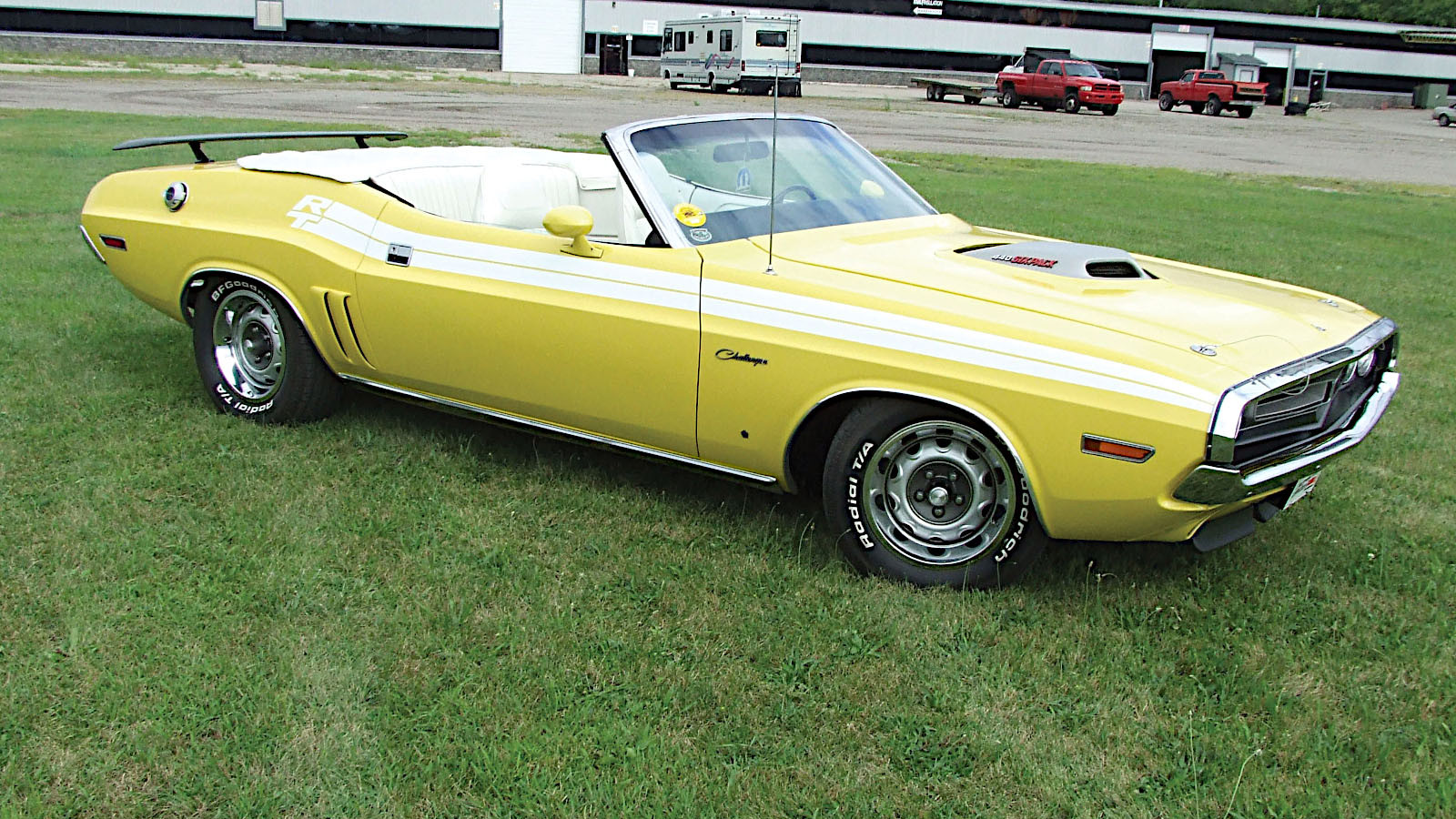 © RM Sotheby’s
© RM Sotheby’s -
 © Kia
© Kia -
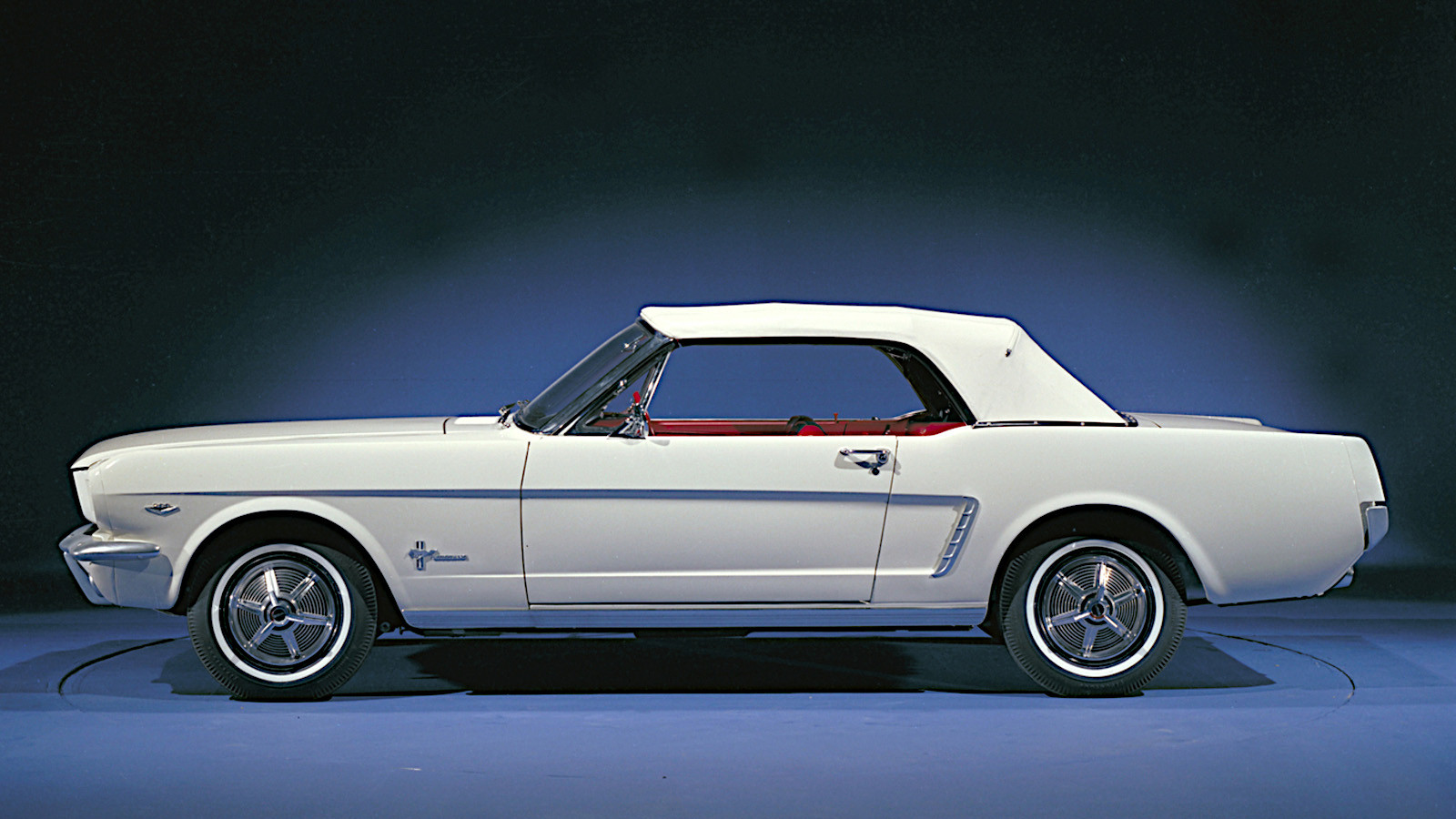 © Ford
© Ford -
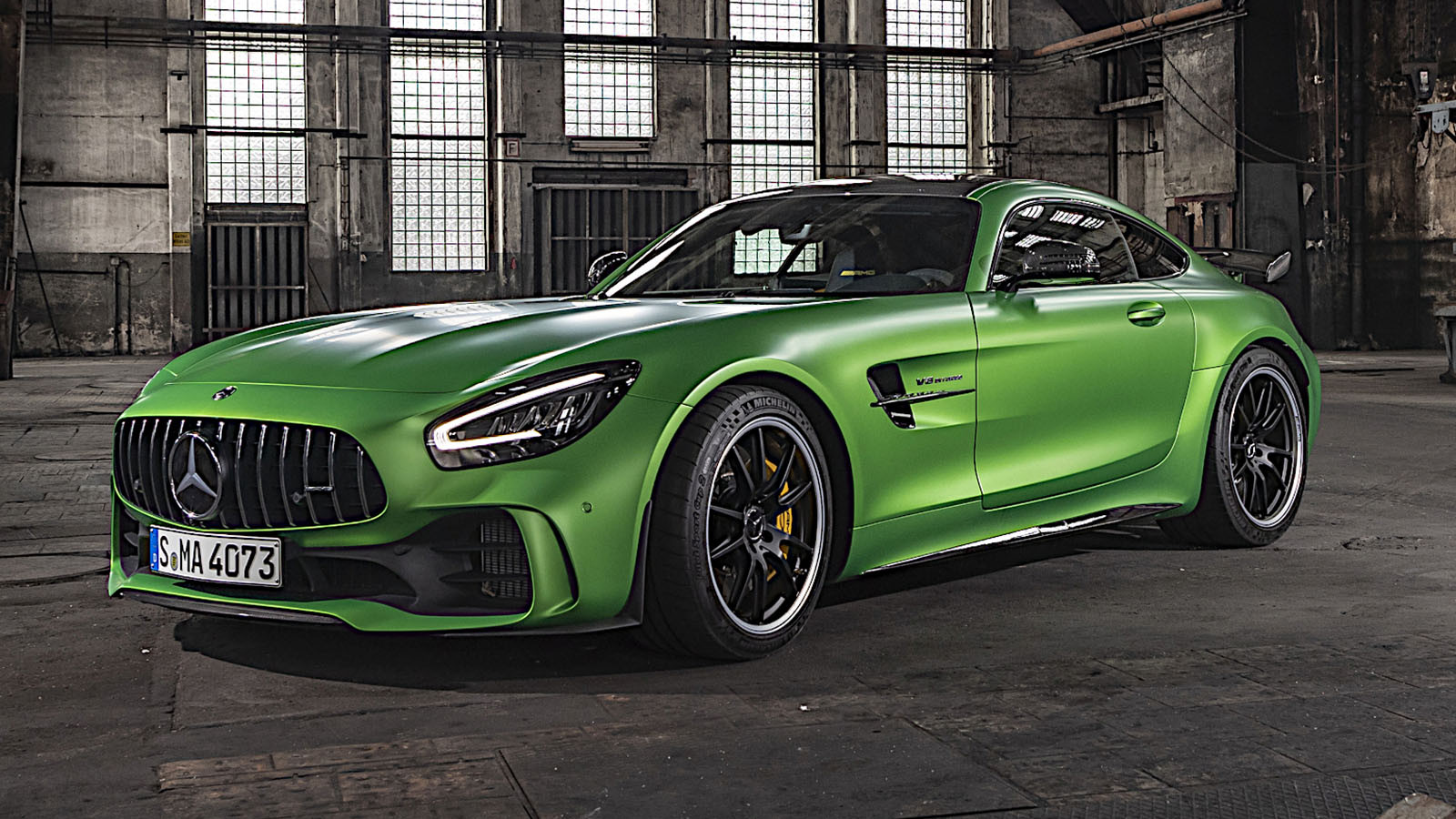 © Mercedes-Benz
© Mercedes-Benz -
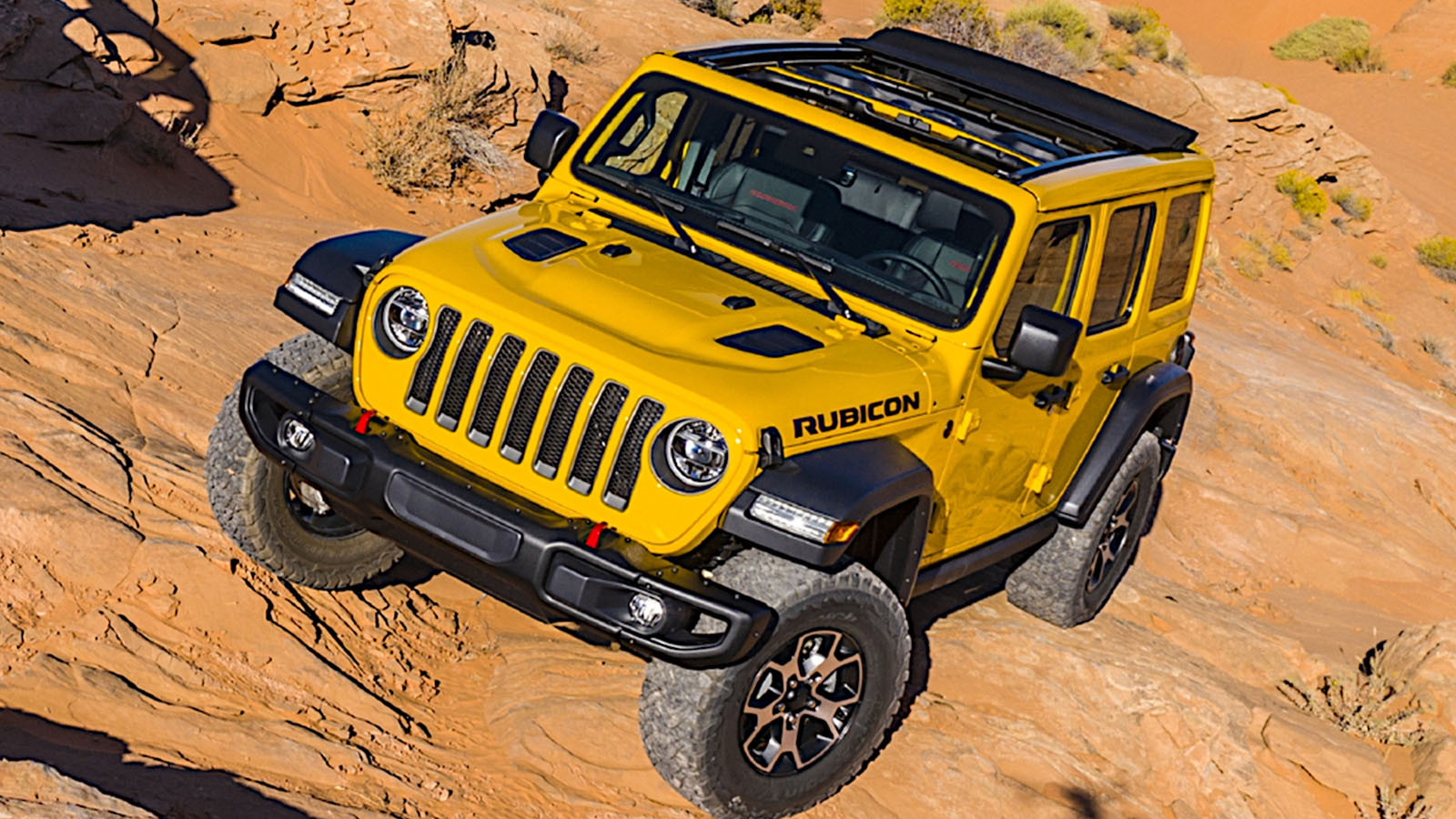 © Stellantis
© Stellantis -
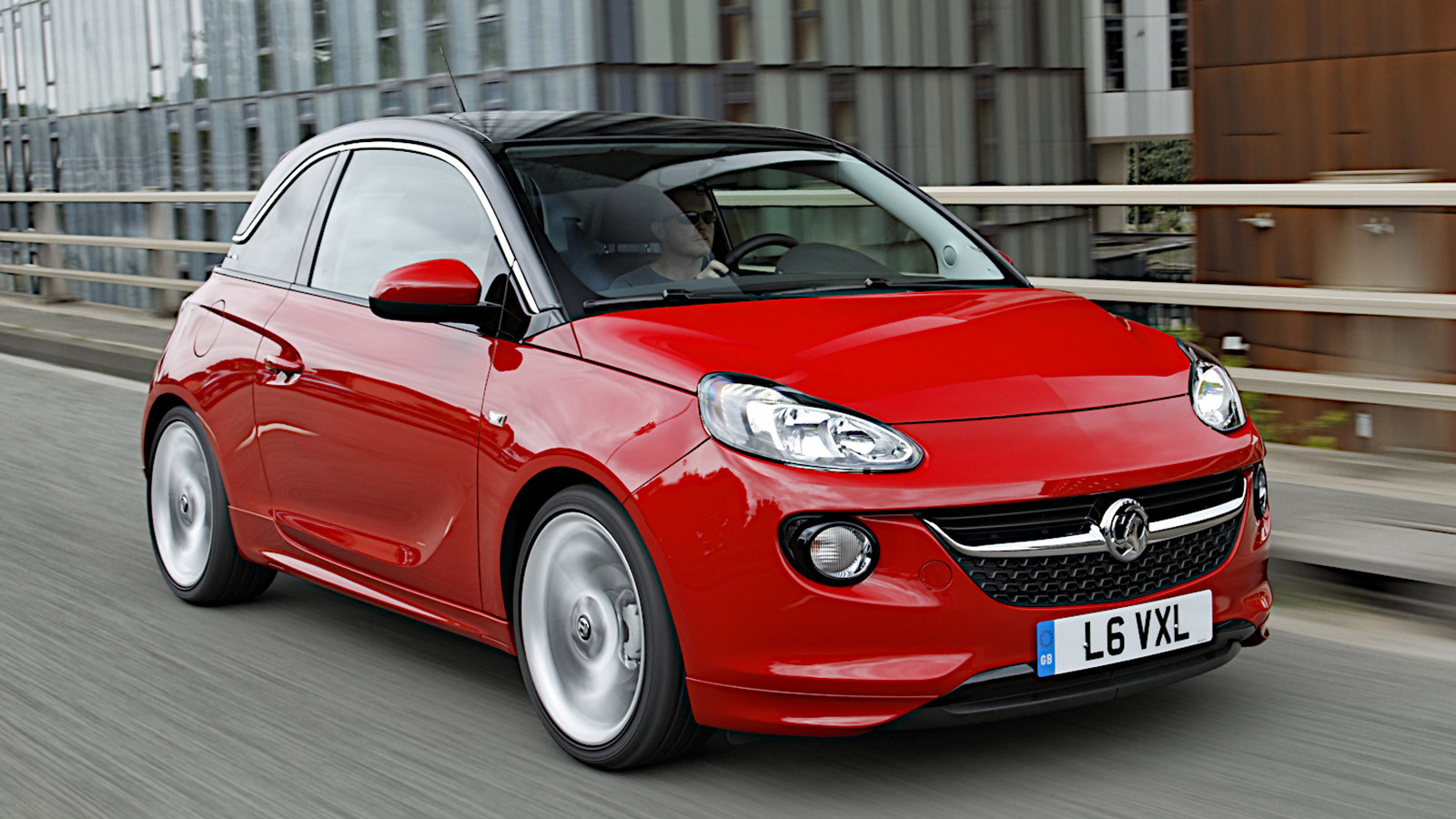 © Stellantis
© Stellantis -
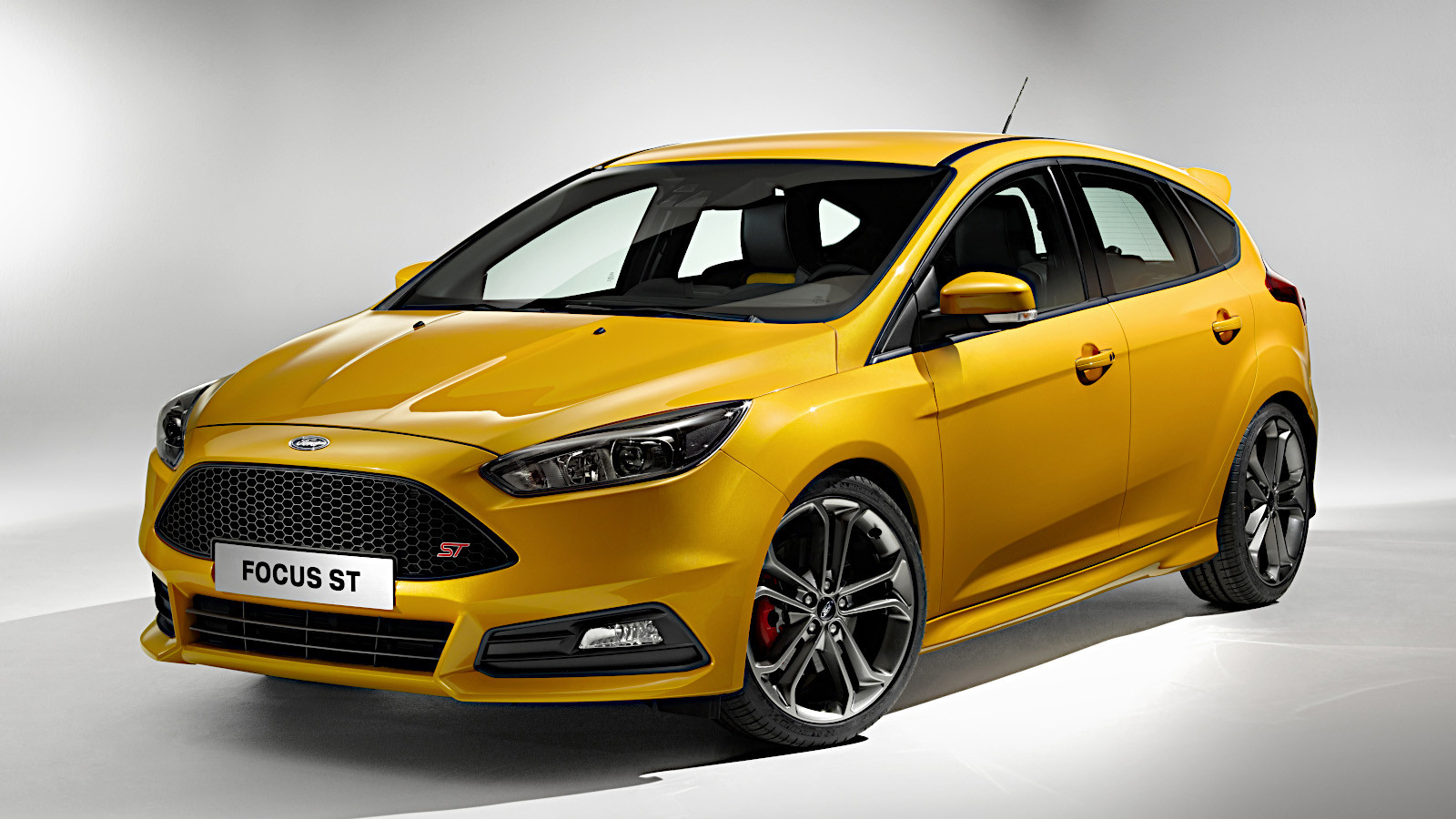 © Ford
© Ford
-
Flying colours
At the dawn of motoring, when the very idea of a car was still new and exciting, no attempt was made to describe the colour of any particular model as anything more exotic than blue, black, red or whatever the case might have been.
As one decade followed another, car manufacturers became more inventive in this respect, treating colour names as part of their marketing strategies.
To illustrate that, here are some of our favourites.
We start with those available up to 2010, listed in alphabetical order, but then offer some bonus content by restarting with names which have appeared more recently.
-
1. Championship White
This colour has been used on many, though by no means all, of Honda’s high-performance Type R models, starting with the NSX-R introduced in 1992.
The name is a reference to the white paintwork on Honda’s V12-engined RA272, which competed in the 1965 Grand Prix season.
Despite the colour’s name, Honda did not win a championship with the car (it finished seventh among the manufacturers that year, and Richie Ginther was the sixth highest-placed driver), but Ginther won the Mexican Grand Prix at the end of the season for Honda.
At the time of writing, Honda has been the most successful engine manufacturer in the history of that event, with five wins, though this is partly because there were two periods of over a decade when the Mexican Grand Prix was not held.
-
2. Ermine White
Ford Motor Company was using Ermine White on its Lincoln luxury models as far back as the 1950s.
The colour is perhaps best known, however, as part of the most famous colour scheme applied to the Lotus version of the Mk1 Cortina.
Ermine White covered most of the body, but there was a contrasting Sherwood Green flash which began at a point on the front wings, widened as it went along the side of the car and eventually dominated the tail.
Ermine is also the name of several species of mustelid, some of which are at least partly white.
-
3. Estoril Blue
According to the BMW M website, Estoril Blue is the colour which ‘represents BMW M perhaps more than any other’.
It first appeared in late 1992 on the BMW M3 of the then-new E36 generation.
The obvious connection is with the Estoril circuit which hosted the Portuguese Grand Prix from 1984 to 1996.
Another suggestion is that it represents ‘the deep blue surf of the Atlantic Ocean off the Portuguese coast’, though this seems less likely.
-
4. Go Mango
Dodge has been particularly inventive when it comes to naming colours, and we’ll be looking at several examples here.
Alphabetically, the first of them is Go Mango, which originally appeared on the 1970 Challenger.
‘Mango’ obviously refers to the orange fruit, but the full title has echoes of ‘Go, man, go!’, which is the sort of thing people perhaps used to say in 1970.
The same name was used for a not quite identical colour available on the 2006 Charger, and the 2016 Challenger, Charger and Dart.
-
5. Guards Red
Guards Red, which is still available on Porsches today, has been around for nearly half a century, having first appeared on the 911 turbo (also known as the 930) back in 1975.
According to Porsche, the name ‘boasts a touch of royalty, drawing inspiration from the colour of the uniforms worn by the soldiers who guard British kings and queens’.
There is, however, some confusion here, as can be seen from online discussions about whether Guards Red is the same colour as Indischrot, a German word meaning ‘Indian red’.
This does seem to be the case, since several Porsche paint codes apply both to Guards Red and to Indischrot.
-
6. Hugger Orange
General Motors liked to refer to the first-generation Camaro as the Hugger, implying that it ‘hugged the road’.
In 1969, it took the idea a stage further, giving the name Hugger Orange to a new colour introduced for that model year, though this looked at least as much like a shade of red as one of orange.
A listing of GM paint codes reveals that the same colour was described differently by different brands, and even by Chevrolet itself.
It was also known by Buick as Firecracker Orange, by Chevrolet as Medium Orange (which GMC used, too), Ontario Orange and Road Commission Orange, by Oldsmobile as Red Orange and by Pontiac as Carousel Red.
-
7. Lettuce Alone
For the benefit of readers whose first language is not English, ‘lettuce alone’ is both a pun on the phrase ‘let us alone’ and a reference to the lettuce vegetable, which comes in various shades of green.
Lettuce Alone was also a shade of green, though not one you’d necessarily want to see in your salad.
It was named by GM’s Australian division, Holden, which used it for some examples of its HQ model produced in the early 1970s.
The HQ was built in many body styles, and came with a wide choice of straight-six and V8 engines.
-
8. Miami Blue
This name can only be a reference to the usual colour of the sky above the Florida city of Miami.
We’ve chosen to illustrate it with an image of the Peugeot 205 GTI, because who doesn’t want to see a picture of one of the world’s finest hot hatches?
However, Peugeot is by no means the only manufacturer to have included Miami Blue in its palette.
Ford, Porsche, Suzuki and Vauxhall have also come up with their own interpretations of the colour.
-
9. Mystichrome
A few car makers have adopted the Chromaflair system of painting cars, in which the bodywork appears to change colour as the position of the light source changes.
One example was Nissan, whose 1998 Primera was available in a colour called Mystic Green, but could change to purple depending on how sunlight reflected off it.
Ford used the same approach for the 2004 Mustang SVT Cobra, but came up with the more imaginative name Mystichrome.
Porsche subsequently offered several Chromaflair paintjobs as startlingly expensive options, among them Explosive Gold, Magic Magenta and Urban Bamboo.
-
10. Norfolk Mustard
Among other proud boasts, the British county of Norfolk can claim a long history of growing mustard, and the term Norfolk mustard can be used to describe many condiments.
Lotus has been based in the county since 1966, so it was almost inevitable that at some point it would use the name for a paint scheme.
The actual colour has varied over the years, but Norfolk Mustard has featured on several Lotus models, including the first-generation Elise pictured here.
-
11. Papaya Orange
Named after the flesh colour of the tropical fruit, Papaya Orange was first used by McLaren for a Can-Am race in September 1967, and made its F1 debut in the Race of Champions (not part of the regular Grand Prix season) the following March.
It has periodically appeared on many race cars since then, but McLaren’s most famous colour has also been applied to roadgoing vehicles.
These include the groundbreaking three-seat F1 supercar, pictured here.
A lighter colour known as Papaya Spark is one of four colours available on today’s McLaren Artura.
-
12. Plum Crazy
Needing no explanation to anyone familiar with American slang, Plum Crazy was introduced by Dodge more than half a century ago.
This rich purple colour featured on the 1970 Challenger R/T pictured here, a fine example of a US muscle car from that period.
Plum Crazy was still being used as recently as 2023 for the Last Call editions of Dodge’s Challenger and Charger, which went out of production shortly afterwards.
-
13. Rosso Corsa
This name translates into English simply as ‘racing red’, but it sounds much better in Italian, as most things do.
It is Ferrari’s most famous colour, on both its roadgoing and its competition cars, and is still available on today’s models.
It was also the only colour offered with the 288GTO (pictured), a two-seater with a mid-mounted 2.9-litre turbo V8, sold in the 1980s.
-
14. Rubystone Red
The charmingly named Rubystone Red was used occasionally for the Porsche 911 of the 964 generation produced in the late 1980s and early 1990s.
In 2022, Porsche offered a darker version of the same colour as an option on the 718 Boxster and Cayman.
'Ruby' is derived from the Latin ruber, meaning red, which is in turn said to derive from a word in the reconstructed Proto-Indo-European language rendered as *h₁rewdʰ.
-
15. Silver Birch
Six decades after its appearance in the James Bond film Goldfinger, the Aston Martin DB5 is still one of the most famous Bond cars.
In the movie, it’s painted Silver Birch, the colour now most associated with DB5s in general.
The name is suitably elegant for an Aston Martin, though not entirely appropriate, since only the first part of it makes complete sense.
The bark of the silver birch tree is not in fact silver, but white.
-
16. Sublime
In a single word, Dodge managed to convey a sense of excellence and a reference to the colour green.
The Sublime colour, which can also be rendered as sub-lime, was extremely noticeable, and made its debut in several Dodges (including the Challenger R/T SE pictured here) in 1970.
As with Plum Crazy, Dodge brought Sublime back much later, in a slightly different form, for the Charger and Challenger.
-
17. Top Banana
It was typical of Dodge’s wacky colour-naming policy in the early 1970s that Top Banana would be used for a vibrant shade of yellow, as seen on the 1971 Challenger R/T pictured here.
The name is partly a reference to the fact that many bananas – and no doubt most of them sold in the US – are yellow, though other colours are available.
It also suggests high status, since top banana, like head honcho or big cheese, refers to the most important person in a group.
-
18. Vanilla Shake
It has to be said that Vanilla Shake is a splendid name for what is really just a shade of off-white.
It was first used by Kia for the Shaker, one of three Originals editions of the Soul sold only in 2009.
While the first Shaker had, as planned, a very short production life, Kia brought the name back in 2013.
Vanilla Shake returned then, too, though this time (as pictured here) the colour was much more striking than it had been before.
-
19. Wimbledon White
Wimbledon White is most closely associated with the first-generation Ford Mustang.
Although the origin of the name is hard to identify, it seems to refer to the Wimbledon tennis tournament, in which players are famously required to wear predominantly white clothing, rather than to the London suburb.
Americans would have been well aware of the tournament, since although the men’s singles titles were dominated by Australians in the 1960s, the reigning holder when the Mustang was launched in 1964 was Missouri’s Chuck McKinley.
Similarly, Karen Susman had won the ladies’ title in 1962, and Billie Jean King was already in the early stages of her glittering career.
Both the very first production Ford Mustang and the 10 millionth, built in 2018, were convertibles painted in Wimbledon White.
-
20. Post-2010: Green Hell Magno
‘Green hell’ has for many years been a nickname for the famously intimidating Nürburgring race track in Germany.
Appropriately enough, it has also been used by Mercedes-Benz as the name for a dramatic shade of green.
This has been applied to several high-performance AMG models, including the GT pictured here.
Magno, the last word in the name, is the Italian for ‘great’.
-
21. Post-2010: Hella Yella
Hella Yella, unconnected to the German lighting and electronics company, is a much more evocative term than ‘very yellow’, which means the same thing.
It was one of 10 colours made available on the 2018 Jeep Wrangler, not all of which had such evocative names.
Black, Bright White, Firecracker Red, Granite Crystal Metallic, Ocean Blue Metallic and Billet Silver Metallic were all fairly straightforward, though Punk ‘n’ Metallic, Sting-Gray and Mojito! were as imaginative as Hella Yella, falling short only because they didn’t rhyme.
-
22. Post-2010: Red ‘n’ Roll
Related to, but smaller than, the Corsa supermini, the Vauxhall Adam was very much a style-led car, aimed at people who wanted to stand out from the crowd.
Methods of attracting these customers included an imaginative colour-naming policy.
The paintwork of the car pictured here might reasonably have been described simply as red, but Vauxhall called it Red ‘n’ Roll instead.
Other colours in the range included James Blonde, Let It Blue, Goldbusters, Greenspotting and – our favourite in this office – Papa Don’t Peach.
-
23. Post-2010: Tangerine Scream
The German band Tangerine Dream has had little influence on the world of motoring, and could not really be expected to, but it does seem to have inspired a colour used for the third-generation Ford Focus.
The high-performance (but sub-RS) ST version of this car was available in several colours, of which the most imaginatively named was a deep yellow called Tangerine Scream.
It was a striking colour, but despite the expectations raised by the word ‘scream’ in its title, it was a lot less in-your-face than Ultimate Green, as used on the Focus RS of the previous generation.
